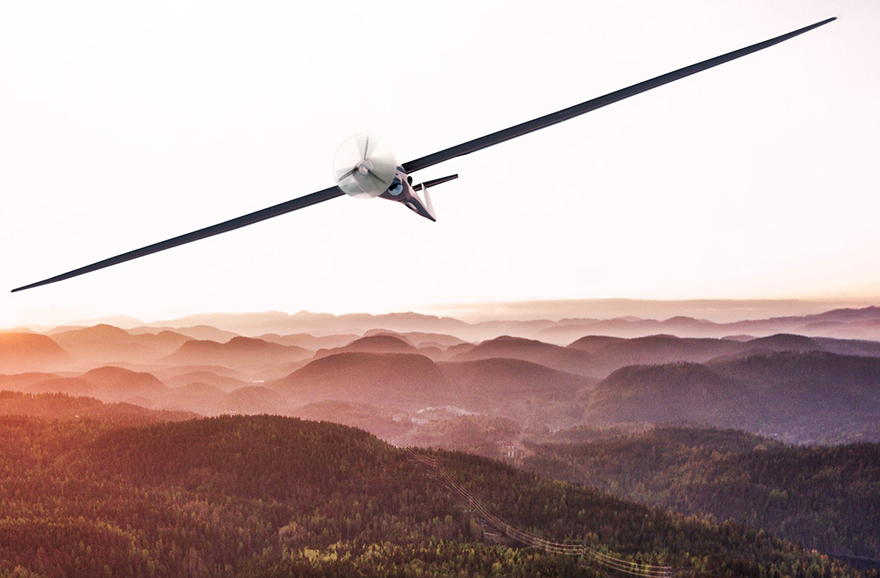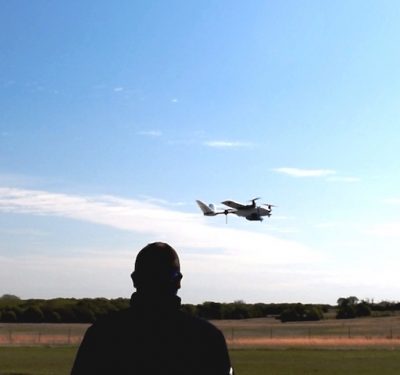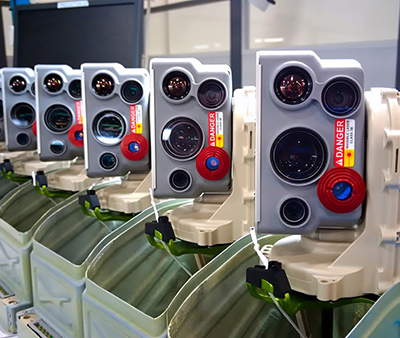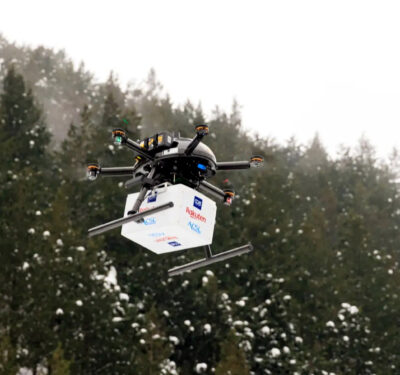An innovative military UAS with a customizable suite of intelligence, surveillance and reconnaissance (ISR) tools has completed its first extended mission, a two-and-a-half day flight, proving its mettle for endurance missions.
The U.S. Air Force Research Laboratory’s Center for Rapid Innovation (CRI) concluded the initial flight tests for the Ultra Long Endurance Aircraft Platform (Ultra LEAP) at Dugway Proving Ground, Utah on December 11. Future tests will probe increased endurance. The system could begin field operations in 2020. Its high level of automation will reduce operator training as well as the size of support crews and, consequently, operating costs.

Ultra Leap. Photo: Air Force Research Laboratory
Ultra LEAP consists of a high-performance sport-class commercial airframe converted to a fully automated system with autonomous takeoff and landing capabilities. It features secure navigation employing anti-jam GPS and full global operational access via a satellite-based command and control and high-rate ISR data relay link. Paul Litke, AFRL project engineer in charge of the effort, said that since it incorporates commercial off-the-shelf components, Ultra LEAP will improve the ISR cost-performance curve for the U.S. military.
Ultra LEAP’s forerunner, the 40-hour LEAP UAS, has completed more than 18,000 combat flight hours. While other commercial and military drones have flown longer, Ultra LEAP’s 2.5-day mission “is a significant milestone in solving the tyranny of distance problem for ISR systems,” said Dr. Alok Das, director of AFRL’s Center for Rapid Innovation (CRI).
Ultra LEAP is based on a commercially available sport-class commercial airframe, although the Air Force would not name the chassis company for security reasons.






